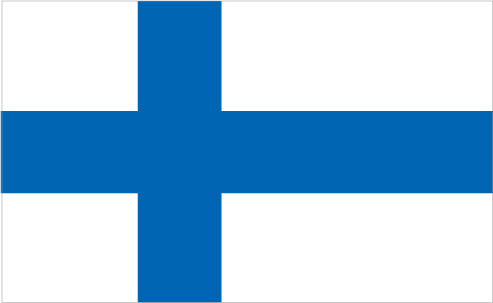
Finland has a highly industrialized, largely free-market economy with per capita output almost as high as that of Austria, Belgium, the Netherlands, or Sweden. Trade is important, with exports accounting for over one-third of GDP in recent years. Finland is historically competitive in manufacturing - principally the wood, metals, engineering, telecommunications, and electronics industries. Finland excels in export of technology for mobile phones as well as promotion of startups in the ICT, gaming, cleantech, and biotechnology sectors. Except for timber and several minerals, Finland depends on imports of raw materials, energy, and some components for manufactured goods. Because of the climate, agricultural development is limited to maintaining self-sufficiency in basic products. Forestry, an important export earner, provides a secondary occupation for the rural population. Finland had been one of the best performing economies within the EU in recent years and its banks and financial markets avoided the worst of global financial crisis. However, the world slowdown hit exports and domestic demand hard in 2009, with Finland experiencing one of the deepest contractions in the euro zone. A recovery of exports, domestic trade, and household consumption stimulated economic growth in 2010-11, however, continued recession within the EU dampened the economy in 2012-13. The recession affected general government finances and the debt ratio, turning previously strong budget surpluses into deficits, but Finland took action to ensure it that it met the EU deficit targets in 2013 and retained its triple-A credit rating. Finland's main challenge will be to stimulate growth while faced with weak export demand in the EU and its own government austerity measures. Longer-term, Finland must address a rapidly aging population and decreasing productivity in traditional industries that threaten competitiveness, fiscal sustainability, and economic growth.
$195.5 billion (2013 est.)
country comparison to the world: 58
$196.8 billion (2012 est.)
$198.4 billion (2011 est.)
-0.6% (2013 est.)
country comparison to the world: 201
-0.8% (2012 est.)
2.7% (2011 est.)
$35,900 (2013 est.)
country comparison to the world: 38
$36,300 (2012 est.)
$36,700 (2011 est.)
agriculture: 2.9%
industry: 25.1%
services: 71.9% (2013 est.)
NA%
2.2% (2013 est.)
country comparison to the world: 76
3.2% (2012 est.)
2.685 million (2013 est.)
country comparison to the world: 110
agriculture and forestry: 4.4%
industry: 15.5%
construction: 7.1%
commerce: 21.3%
finance, insurance, and business services: 13.3%
transport and communications: 9.9%
public services: 28.5% (2011)
8.1% (2013 est.)
country comparison to the world: 91 7.8% (2012 est.)
metals and metal products, electronics, machinery and scientific instruments, shipbuilding, pulp and paper, foodstuffs, chemicals, textiles, clothing
-4.2% (2013 est.)
country comparison to the world: 188